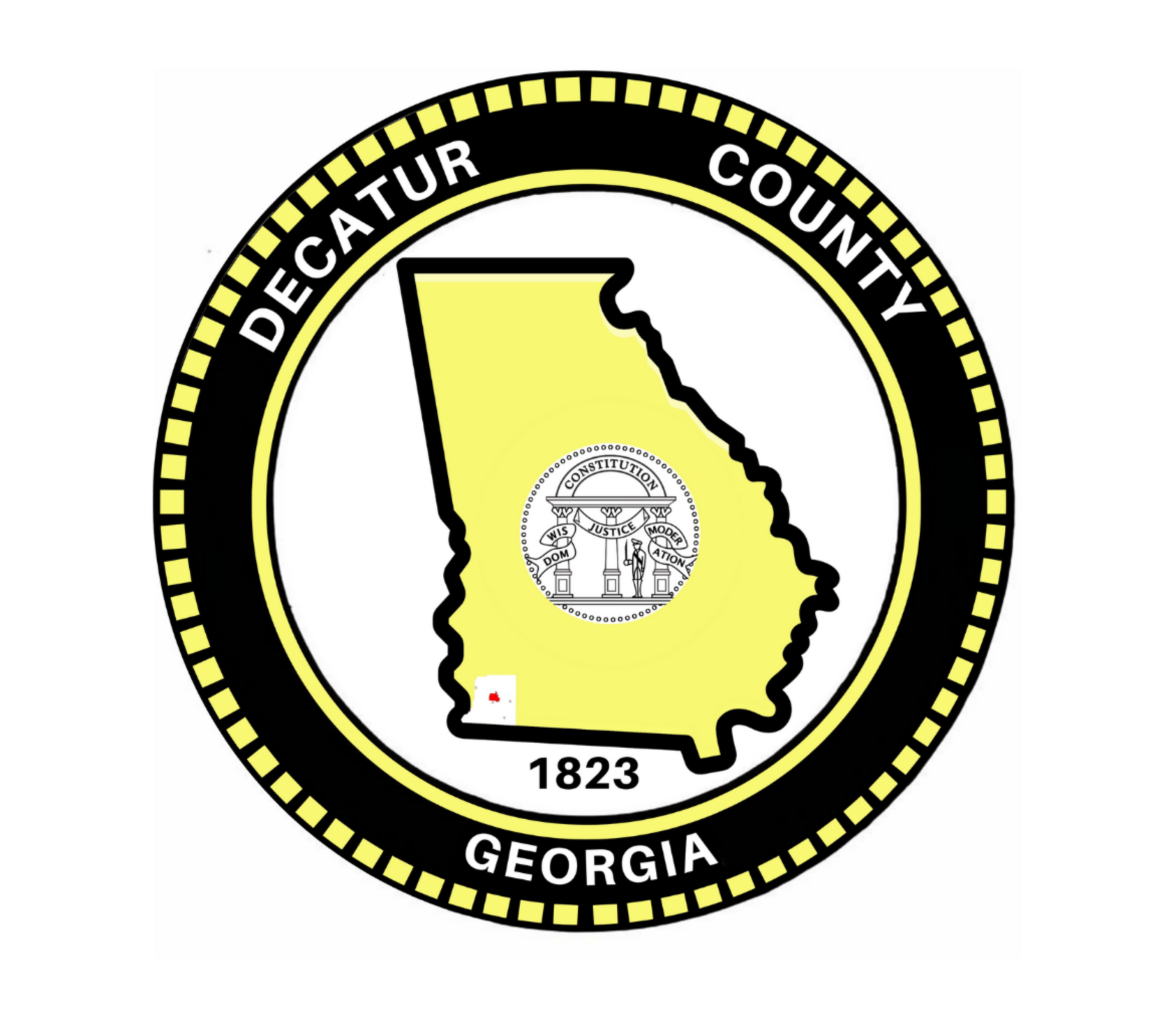Emergency was only a drill
Published 6:44 pm Tuesday, November 17, 2009
It wasn’t a real disaster in Bainbridge on Tuesday morning, but it sure was a noisy one.
Four fire trucks, several ambulances and police patrol cars and even a Hazardous Materials Response truck responded to the Memorial Hospital employee parking lot on Gordon Avenue at about 9:45 a.m. Tuesday.
As part of a community disaster drill conducted by Memorial Hospital, Bainbridge and Decatur County emergency responders were reacting to an E-911 dispatch stating a cropduster plane had crashed in the parking lot located across Gordon Avenue from Memorial Manor, behind the hospital. While noting it was just a drill, the E-911 dispatcher relayed the scenario that the crash had injured multiple people and involved the spillage of an unknown, possibly toxic chemical.
The exercise was designed to see how hospital employees and emergency responders would react in a real emergency, to put their skills into practice in a simulated emergency.
About a dozen people, all students in Bainbridge College’s emergency medical technician program, lay injured in the parking lot. Some of them wore special makeup resembling real injuries, while all of them wore tags that emergency responders could read to gauge how serious their pretend injuries were.
“We checked for burns, respirations, pulse rate, things you would expect in this type of emergency,” Lt. Monty Bullock, a paramedic with the Emergency Medical Service said. “Could they walk, could they talk? If they were unresponsive, that’s critical.”
Before EMS personnel or anyone else could approach the “victims,” however, firefighters Dennis Mock and Jeff Kelly surveyed the situation wearing Level B Hazardous Materials suits, which would keep them safe from the effects of a toxic chemical.
In Tuesday’s emergency, the drill’s planners had participants act as if the cropduster crashing had spread cotton defoliant at the site, affecting the injured students, Memorial Public Relations Director Jan Godwin said. Although there was no wind to carry the defoliant, hospital employees considered the precautions they would take to protect residents of Memorial Manor.
Public Safety officers and Sheriff’s deputies blocked off a section of Gordon Avenue, which would prevent anyone from accidentally coming upon a dangerous situation.
After getting the OK to move in, EMS personnel took an inventory of how many people were injured and how badly, a process known as triage. The first paramedics at the scene planted flags colored red, yellow, green and black around patients’ bodies to let other EMS personnel know how to prioritize treatment of the wounded. Red flags noted critically injured, yellow noted walking wounded, green noted less serious injuries that could wait and black flags noted a deceased person.
Those that could walk were asked to go to an inflatable decontamination tent set up by members of the Bainbridge-Decatur County Hazardous Materials Response team, while those that could not walk were taken in ambulances. Inside the tent, Hazmat team members pretended to use water and other materials to remove the toxic chemical from patients so that they could be loaded back into ambulances and taken to the Memorial Hospital Emergency Room.
If it had been a real emergency, firefighters would have decontaminated the injured where they lay, and everything they came in contact with—from emergency responders to the back ends of ambulances, Hazmat team commander Doyle Welch said.
“If they had something on them burning, they’d probably take it off before we got there, but we’d make sure to wash out their eyes and noses,” Welch said. “You want to dilute the chemical with water, down to parts per million, so it would be less dangerous.”
If necessary, EMS could call in the help of their colleagues in other counties, as well as emergency medical helicopters to take patients to a trauma care center, Paramedic Bullock said.





